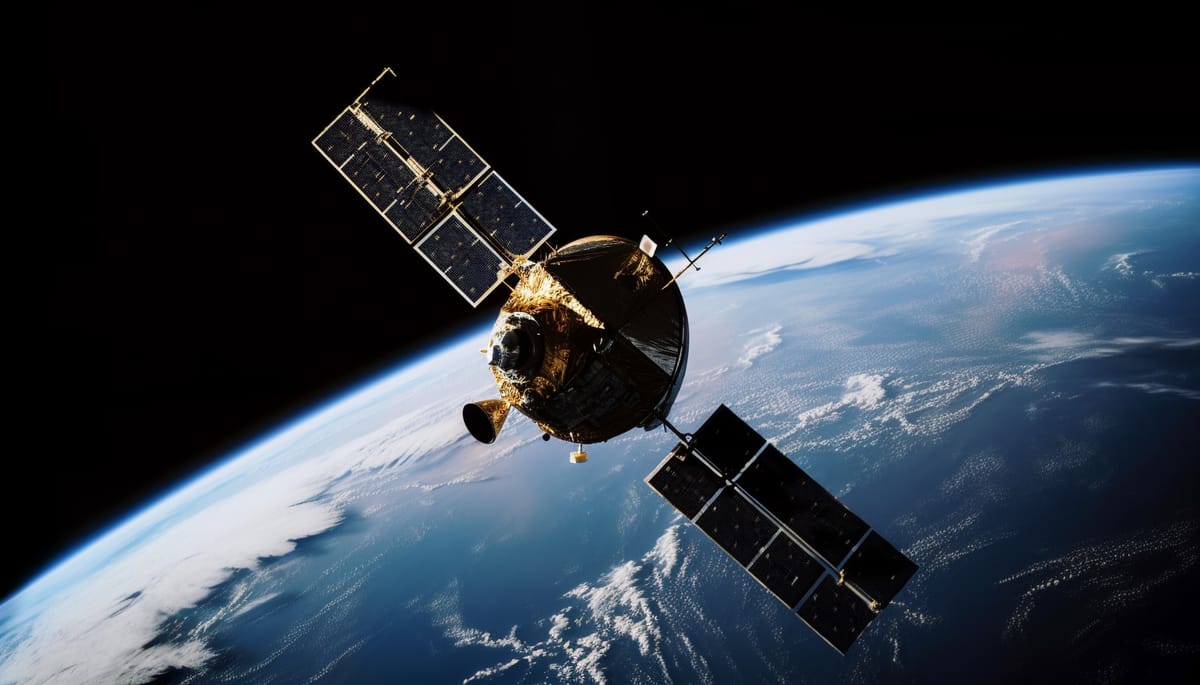The Satellite Surge
Satellite internet is redrawing the global connectivity map. With Star link reaching 5 million users and gaining ground in underserved regions.

In just a few short years, satellite internet has gone from fringe experiment to a global economic force. The clearest signal? Starlink now serves over 5 million users across 125 countries, extending high-speed access to places where traditional broadband never reached or never could. And that’s just the beginning.
A sky-high shift in connectivity
Roughly 350 million people worldwide still lack access to reliable high-speed internet. This digital divide isn’t just a humanitarian issue, it’s a market inefficiency worth billions. While 99% of Americans enjoy high-speed broadband, in many developing countries, that number drops to just 50%. That gap represents one of the largest untapped opportunities in modern telecom.
Satellite internet led by Starlink and rival initiatives like China’s QianFan, which has quietly signed deployment deals in over 30 countries, is quickly filling that void. These systems rely on low-Earth orbit constellations that offer faster speeds and lower latency than traditional geostationary satellites, bringing connectivity to rural schools in Brazil, remote clinics in Africa, and off-grid communities across Southeast Asia.
The financial stakes are enormous. Each launch of a megaconstellation costs an estimated $60 million, with total infrastructure investments expected to top $10 billion per player. Yet even with these high upfront costs, Starlink’s pricing in many regions is now cheaper than legacy fixed broadband, disrupting incumbents with speed and affordability.
From underserved to unstoppable
The rise of satellite internet isn’t just about access, it’s about agency. For founders and digital platforms, it opens new frontiers for growth in emerging markets. Think about it: fintech apps, streaming platforms, edtech solutions, and e-commerce services can now acquire users in geographies previously written off due to infrastructure gaps.
Meanwhile, governments aren’t sitting idle. As geopolitical concerns around communications infrastructure grow, several are racing to develop sovereign satellite alternatives, from India’s BharatNet program to Europe's IRIS² constellation. This fragmentation could lead to parallel ecosystems—but it also creates more competitive pressure, spurring innovation and better services for users.
Strategy lessons for business leaders
For business leaders, the strategic implications of satellite internet’s rise are far-reaching. Growth-stage tech companies, in particular, should begin rethinking their go-to-market strategies with a renewed focus on rural and remote populations, markets that were once dismissed as unreachable are now increasingly viable.
Product design also requires a shift in mindset. In many of these newly connected regions, bandwidth remains limited or inconsistent. This means lightweight digital products and offline-friendly features are no longer a nice-to-have—they're essential. Companies that optimize for low-data environments will be better positioned to scale across these frontier markets.
Finally, partnerships will be key to accelerating market penetration. Collaborating with local telecom operators, device manufacturers, or even national governments can help businesses localize faster, navigate regulatory complexities, and deliver better user experiences at the edge of connectivity.





